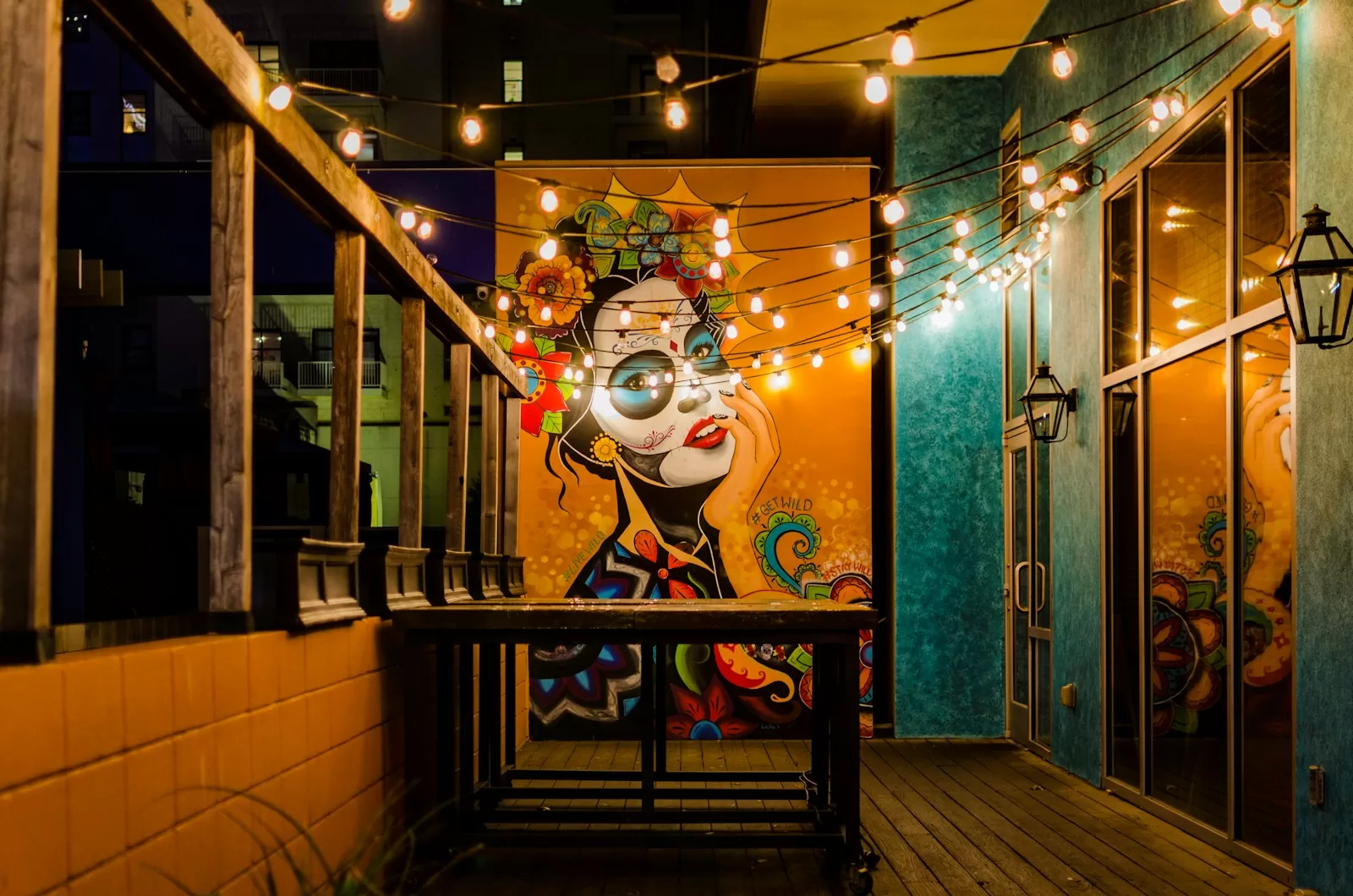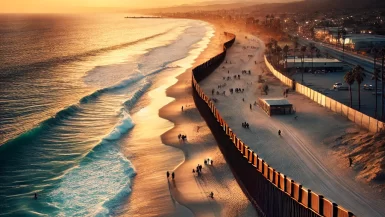Mexico has a rich artistic heritage that spans centuries, producing some of the most renowned artists in the world. From the captivating self-portraits of Frida Kahlo to the monumental murals of Diego Rivera, Mexican art has captivated audiences with its vibrant colors, powerful storytelling, and deep cultural significance. In this article, we will delve into the lives and works of 12 famous Mexican artists, showcasing their unique contributions to the art world.
1. Frida Kahlo: A Portrait of Resilience and Identity
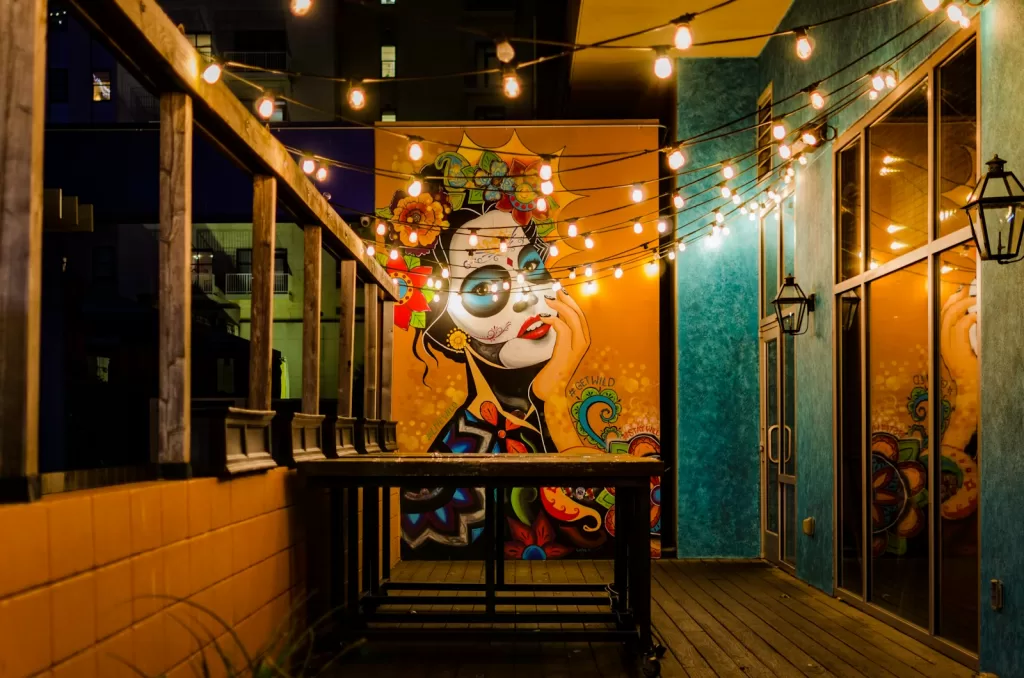
Born in Coyoacán, Mexico, Frida Kahlo is perhaps one of the most famous Mexican artists of all time. Her paintings are deeply personal and introspective, often depicting her physical and emotional pain. Despite suffering from a debilitating accident and chronic health issues, Kahlo’s art became a medium for her to explore themes of identity, feminism, and Mexican culture.
Kahlo’s self-portraits are iconic, revealing her unapologetic embrace of her indigenous heritage and the struggles she faced as a woman. Her use of vibrant colors and intricate symbolism creates a powerful visual language that speaks to the heart of the viewer. Today, her artworks are celebrated worldwide, and her influence on contemporary art continues to grow.
2. Diego Rivera: The Master of Mexican Muralism
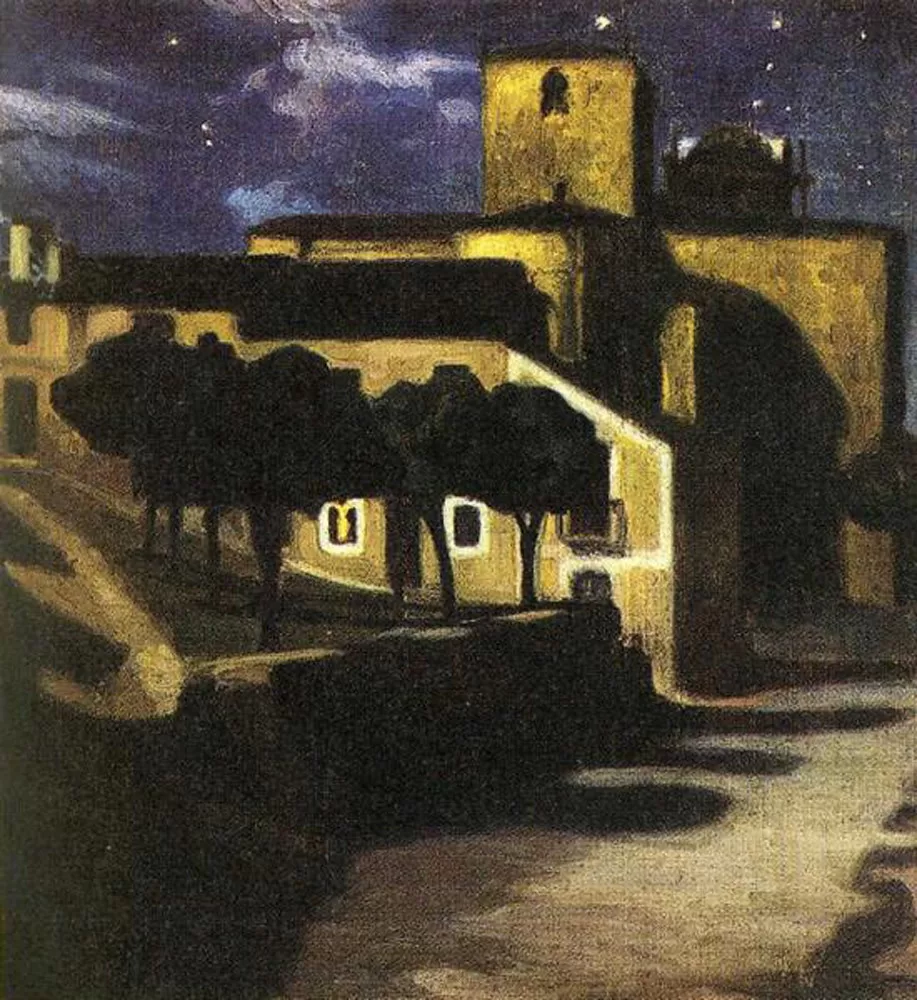
Diego Rivera, a twin born in Mexico, was a towering figure in Mexican art history. His murals, characterized by their grand scale and social commentary, have become synonymous with Mexican identity. Rivera’s works depict scenes from Mexican history, culture, and the struggles of the working class.
Rivera’s artistic journey took him to various countries, including Paris and Spain, where he collaborated with other artists and honed his skills. Influenced by Renaissance frescoes, his murals are breathtaking in their detail and narrative power. Notably, his mural “Man at the Crossroads” at Rockefeller Center in New York City, which was controversially destroyed, remains a testament to his bold vision and political activism.
3. José Clemente Orozco: Capturing the Essence of the Mexican Revolution
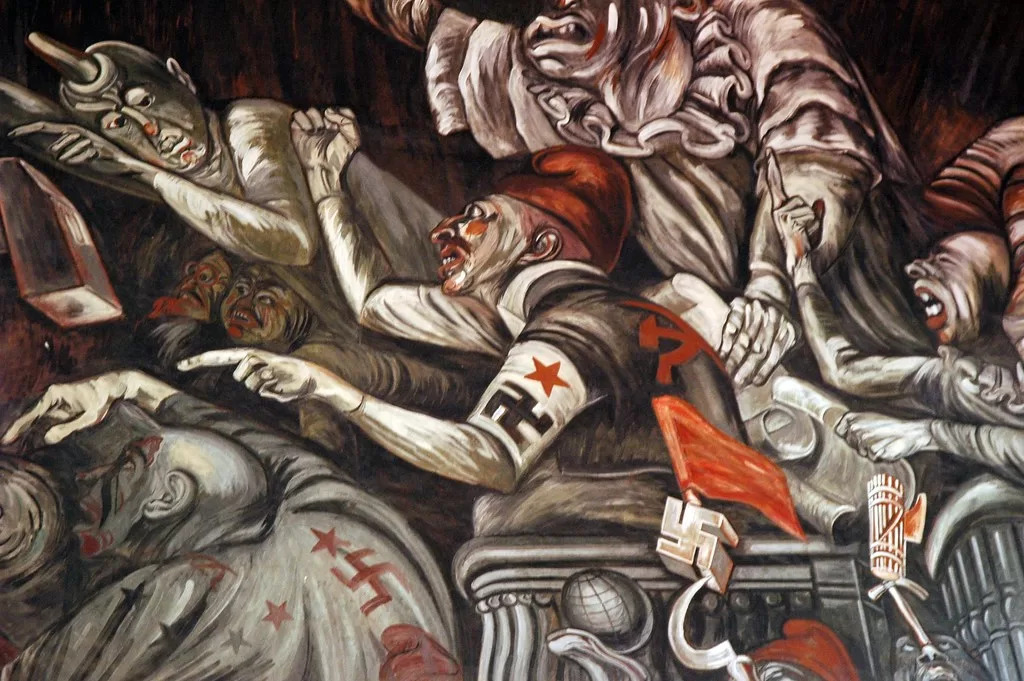
José Clemente Orozco, born in Mexico City in 1883, played a pivotal role in shaping Mexican art in the 20th century. He is known for his murals that depict the struggles of the Mexican people and the social injustices of his time. Orozco’s art often explored themes of poverty, inequality, and the human condition.
Having lost one of his arms in a lab experiment as a young man, Orozco channeled his focus into his art. His mural “The Epic of American Civilization” is a masterpiece that portrays the history and cultural fusion of the Americas. Orozco’s legacy as an admired artist in Mexican culture endures to this day, and his contributions to the art world continue to inspire.
4. Leonora Carrington: A Surrealist Force
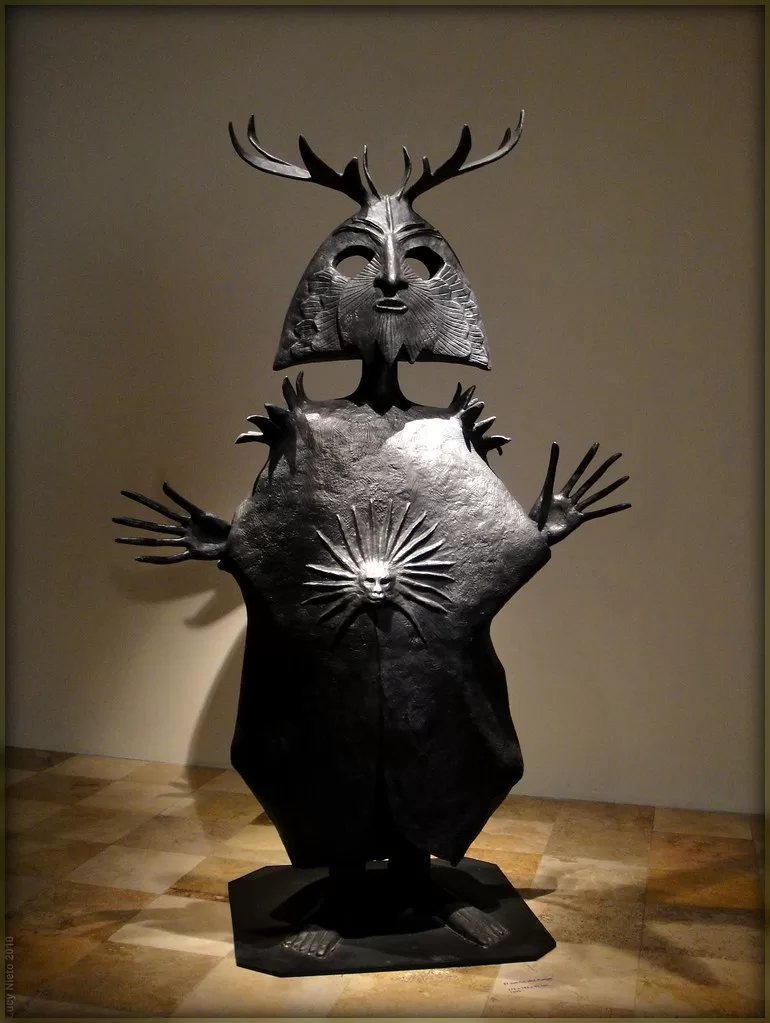
Leonora Carrington, a British-born, but famous Mexican artist, is celebrated for her contributions to the Surrealist movement. Her artwork often explored fantastical and occult themes, with a touch of whimsy. Carrington’s unique style combined elements of mythology, symbolism, and personal experiences, creating a surreal world that captivated viewers.
After moving to Mexico, Carrington’s mental breakdown greatly influenced her later works. Her paintings, such as “The Pomps of the Subsoil,” showcased her mastery of the surreal and her ability to evoke powerful emotions. Despite facing challenges as a woman in the art world, Carrington became a significant figure in Mexican art and continues to inspire artists today.
5. Rufino Tamayo: Expressing Mexican Heritage Through Art
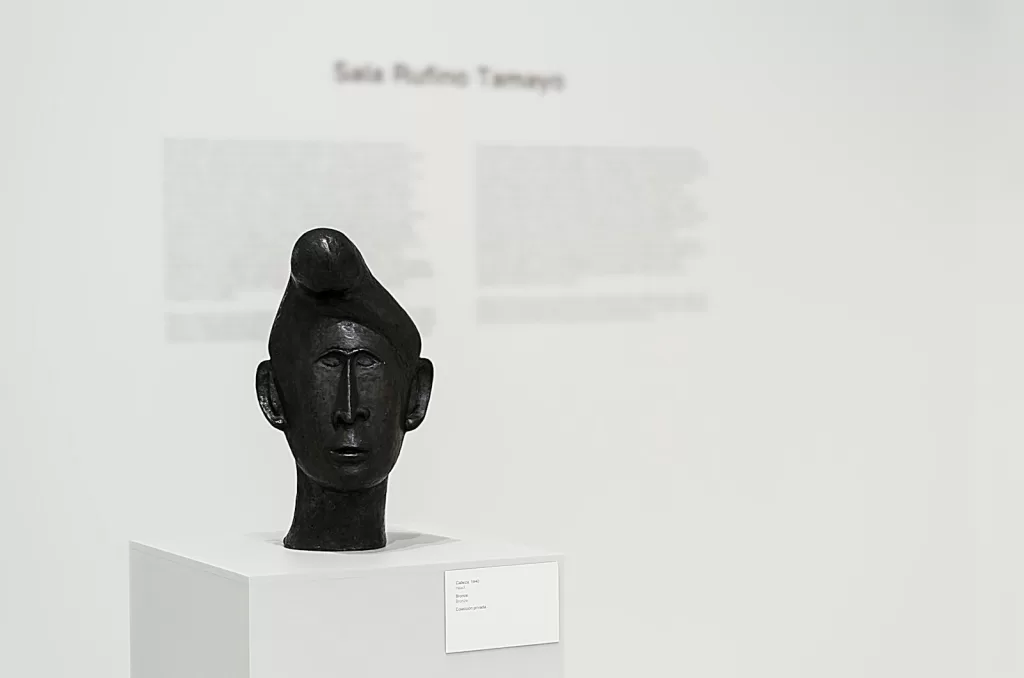
Rufino Tamayo, born in Oaxaca in 1899, is renowned for his innovative approach to art. Influenced by the works of Picasso and Matisse, Tamayo’s style combined elements of Cubism and Surrealism with his Mexican heritage. His paintings are characterized by bold colors, abstract forms, and a deep connection to Mexican culture.
Tamayo’s artistic journey took him to New York City, where he gained fame in the Mexican art scene. He later returned to Mexico, where he dedicated himself to printmaking and sculpture. Tamayo’s artistic legacy lives on through his extensive body of work and his contributions to the Mexican art world.
6. María Izquierdo: Breaking Barriers and Challenging Gender Norms
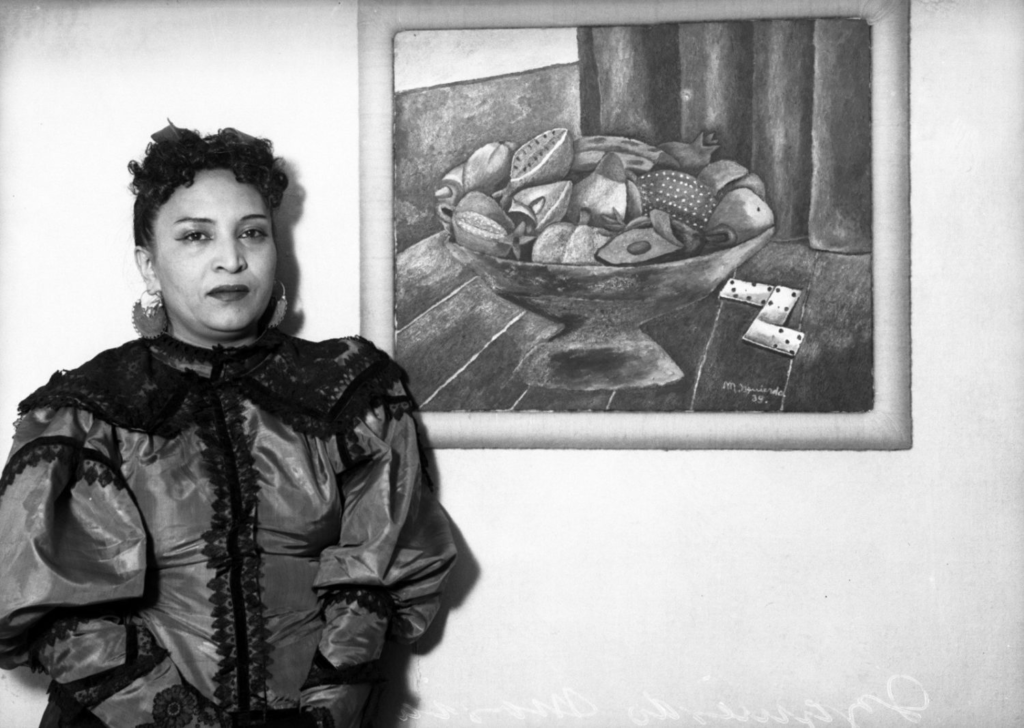
María Izquierdo, born in 1902, was a trailblazing and famous Mexican artist who defied societal expectations and paved the way for other female artists. Her artwork often showcased Mexican culture, incorporating bold colors and symbolism. Izquierdo’s still lifes and portraits captured the essence of everyday life in Mexico with a touch of surrealism.
Studying at the renowned San Carlos Academy of Fine Arts, Izquierdo caught the attention of Diego Rivera, who became her mentor. Collaborating with other notable artists, such as Rufino Tamayo, Izquierdo left an indelible mark on Mexican art history. Her love for Mexican culture and her fearless exploration of artistic boundaries continue to inspire artists today.
7. David Alfaro Siqueiros: Art with a Revolutionary Spirit

David Alfaro Siqueiros, born in 1896 in Chihuahua City, was a key figure in Mexican muralism and a passionate political activist. His murals reflect his Marxist ideology and his desire to create art that speaks to the common people. Siqueiros, along with Rivera and Orozco, spearheaded the Mexican muralist movement, leaving an enduring impact on the art world.
Known for his intense emotions and vibrant colors, Siqueiros’s murals convey powerful messages about social issues and political struggles. As a well-respected printmaker and painter, Siqueiros’s art continues to inspire and provoke thought. His dedication to making art accessible and meaningful to all remains a testament to his revolutionary spirit.
8. Joaquín Clausell: The Advocate for Impressionism in Mexico
Joaquín Clausell, born in 1866, is recognized as a prominent advocate for impressionism in Mexican art. Despite studying engineering for a brief period, Clausell’s passion for drawing led him to pursue a career in art. He found inspiration in the beauty of Mexico’s landscapes and seascapes, capturing their essence with his distinctive impressionistic style.
While Clausell may not have been as closely associated with other famous Mexican artists of his time, his talent was acknowledged by Diego Rivera. Rivera recognized Clausell’s ability to showcase the beauty of Mexico through his art, cementing his place as one of Mexico’s finest landscape artists. Today, his work is celebrated at the National Art Museum in Mexico.
9. José Guadalupe Posada: Master of Graphic Art
José Guadalupe Posada, born in 1852, was a prolific Mexican artist known for his graphic illustrations and satirical imagery. His works, often created using inexpensive materials like lead, became popular illustrations for books, newspapers, and song covers. Posada’s animated skeletons, known as calaveras, became iconic symbols associated with the Day of the Dead celebrations.
Posada’s art captured the essence of the Mexican Revolution and the social issues of his time. His illustrations provided a visual narrative for a public with limited literacy, making his art accessible and widely appreciated. Today, Posada’s legacy is honored with a museum in Aguascalientes, dedicated to preserving his contributions to Mexican graphic art.
10. Gabriel Orozco: A Nomadic Spirit in the Art World
Gabriel Orozco, born in 1962 in Mexico City, is a contemporary famous Mexican artist known for his diverse range of mediums, including drawing, photography, painting, and sculpture. Orozco’s work often incorporates everyday objects, reimagining them in creative and thought-provoking ways. His art is influenced by his frequent travels and the rich tradition of Mexican art.
Orozco’s ingenuity and spontaneity have earned him accolades and recognition worldwide. His ability to infuse ordinary objects with new meaning and his unique perspective continue to captivate audiences. As a nomadic artist, Orozco’s work transcends borders and cultures, reflecting the interconnectedness of the global art world.
11. Fanny Rabel: A Trailblazing Female Muralist
Fanny Rabel, born in Poland in 1922 and later moving to Mexico, is regarded as one of the first contemporary female muralists and a significant figure in early to mid-20th-century Mexican muralism. Rabel studied painting at the renowned Escuela Nacional de Pintura, Escultura y Grabado “La Esmeralda,” where she befriended Frida Kahlo.
As a member of “Los Fridos,” Kahlo’s group of pupils, Rabel worked alongside and learned from renowned artists such as Diego Rivera and David Alfaro Siqueiros. She painted several murals, including the notable “Ronda en el Tiempo” at Mexico City’s Museo Nacional de Antropología. Rabel’s artwork often depicted children and explored ecological issues, showcasing her unique perspective and talent.
These twelve artists represent a small fraction of the vast talent and artistic heritage that Mexico has to offer. From the powerful self-expression of Frida Kahlo to the politically charged murals of Diego Rivera, Mexican art continues to captivate and inspire audiences worldwide. The rich cultural tapestry and diverse artistic styles of these famous Mexican artists serve as a testament to the country’s vibrant and enduring artistic legacy.
Whether you explore the personal struggles of Frida Kahlo, the social commentary of Diego Rivera, or the surreal world of Leonora Carrington, each artist offers a unique perspective and a glimpse into the rich artistic landscape of Mexico. Immerse yourself in their works and discover the beauty, history, and cultural significance that define famous Mexican artists.


